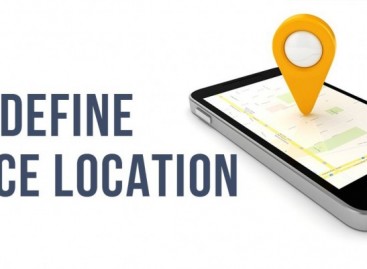- QATestLab Blog >
- Mobile Testing >
- What Is Mobile Accessibility Testing?
What Is Mobile Accessibility Testing?

The practice shows that testers may have some difficulties in distinguishing between mobile accessibility testing and functional testing. They consider these software testing types to be similar. But it is not really so.
Nowadays, a lot of people use their mobile devices to read or find some information. So-called ‘screen reading’ becomes more and more popular, and software developer applies this principle in their activity, as well as software testing company does.
For screen reading, people prefer to use mobile devices. Because of this, mobile testing is going to be more difficult, detailed and extensive. New requirements appear according to the development of the user’s needs.
The aim of the accessibility approach in product development and testing is to satisfy the needs of every user, including people with some disabilities. It concerns not only blind users.
The Accessibility Approach Considers Such Users As:
- daltonians (color-blind persons, usually men);
- hypo-seeing people (they are not blind, but a small screen is not handy for them);
- users with the cognitive disorders such as dyslexia (the disability of reading, writing and understanding);
- people with the dysfunction of fingers and hands movability, for example, arthritis.
The situation is even more difficult if user has the combination of several mentioned disorders. The accessibility approach is a real challenge for testers and developers. This approach may be applied during usability testing too.
Learn more from QATestLab
Related Posts:
- E-Show Madrid 2025: Accessibility as a Key Challenge
- Automation, AI Testing, and Accessibility: Key Trends from VDS 2025
- The Importance of Accessibility Testing in Meeting EAA Standards







No Comments Yet!
You can be the one to start a conversation.